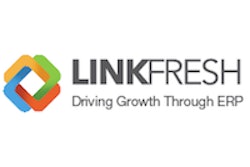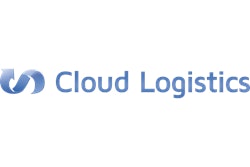
Advances in wearable technology will dominate the supply chain industry in 2016. This trend will be driven by the demand to view key business indicators instantaneously on mobile devices and fueled by declining prices of technology. Using wearables with the cloud will enable businesses at every step of the fresh supply chain to access and input data in real time, and to meet their customers’ stringent demands.
The availability of wearable devices for under $80 will ensure the trend towards wearable technology characterizes the industry in the coming year. 2015 was the year companies began to make core lines of business software available across wearable technology devices with the ability to put these powerful devices into virtually everyone’s hands. That sea change laid the foundations for what the industry will see in the industry in 2016.
Wearable technology and the use of cloud software will become much more widespread across the industry in 2016. Accessing and inputting data in real time is the key way in which suppliers will be able to meet the stringent demands of supermarkets.
Analysts at Panorama Consulting predicted that, during 2016, small, medium and enterprise organizations will increase their adoption of cloud-based enterprise resource planning (ERP). This is due to the fact that most ERP vendors now provide affordable options to encourage organizations to migrate to the cloud. In 2016, this will become the norm. In addition, the initial security concerns around cloud computing are being allayed.
The adoption of cloud software will be aided by the fact that the price of quality laptops fell below $200, with quality tablets available for under $50. These prices, which may fall even further in 2016, mean the bar to entry associated with cloud technology in the supply chain was significantly lowered. Global tablet shipments are predicted to hit 406.8 million units by 2017.
The global wearables market is expected to reach a value of $19 billion in 2018, more than 10 times its value five years prior.
Supermarkets are pushing suppliers harder than ever to meet stringent traceability, food safety, or quality benchmarks and regulations, a situation that looks certain to continue throughout the coming year. Dealing with this pressure is the biggest challenge the industry faces. To deal with these demands, we will see suppliers turning to advanced IT software and ERP solutions which allow them to monitor and manage every step of the supply process at a macro level. Users will be able to use wearable devices to collect electronic data on a product’s journey through the supply chain and then upload this data to a core ERP solution via the cloud.
Key performance indicators and business intelligence reporting will be viewable via wearable devices, making real-time, business-critical data available literally on the hands of key personnel, where it’s needed, when it’s needed. The information sought out most frequently can be delivered as glances or scannable summaries. Real-time alerts can be triggered and sent directly to the wearable device to notify users of events, such as a quality control stop, machine downtime, approval request, low stock alert, etc.
Non-office-based field workers will be able to benefit from a myriad of additional location-based information provided by available apps. For example, a weather app could alert a farmer harvesting crops in the field that it will rain in his location in 5 minutes. Or an app to aid navigation or provide traffic information could aid logistics personnel.
Wearable technology provides substantial benefits for job satisfaction and productivity. Employees who are armed with wearable devices in the workplace, on average, increase their productivity by 8.5 percent and their job satisfaction by 3.5 percent.
2016 promises to be an exciting year for mobile technology advances and cloud applications. The dynamic environment of the supply chain is the ideal arena to put these to the test, allowing forward-thinking organizations to benefit from the many competitive, efficiency and productivity advantages they offer.



















